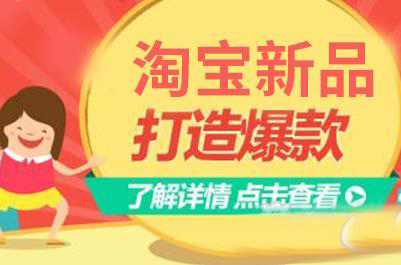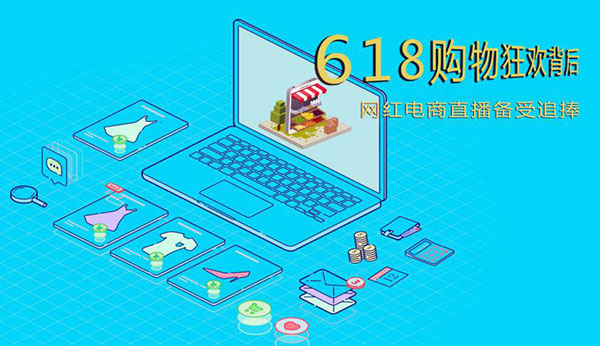No matter when or what store it is, hit products are essential. It can not only bring more traffic to the store, but also improve overall conversion. If you want to successfully create a hit product, it is a very important stage after the new product is launched. So how should new products be laid out and optimized to make them more likely to become popular?

1. About the pace of launching new products:
Only when the store maintains a high level of new products can Taobao provide more support and enable you to create hot products faster.
Seasonal fast-moving consumer goods such as clothing and footwear products can be divided into simple seasons. Prepare to launch 20 new products every quarter, and don’t finish them all at once. You can divide 20 new products into 12 weeks to be launched, and two models are launched a week. This will also cultivate the habits of store customers and will go to the store to check it out when the new products are launched; and there is more time for you to optimize your baby.
It is best to set up a new product or navigation bar option to make it easier for customers to find new products.
For products such as home appliances, non-seasonal and non-fast consumer goods, they can be eliminated at the end. That is to say, every month, when looking at the products in the store that have no sales, that is, unsold babies, you will delete the link to this baby and then re-list it. This can be regarded as a withdrawal of new and activeness.
2. About new product optimization:
For new product optimization, old customers are definitely indispensable. In addition to bringing higher weights, old customers can also quickly label new products with accurate labels, thereby attracting more precise traffic and promoting conversion. Therefore, we must do a good job in marketing and maintenance of old customers to improve their repurchase rate in the store.
Everyone should remember that the data of the first week of the new product is very critical. We must carefully maintain it, promote and divert traffic through various channels inside and outside the site, and guide collection and purchase; and then improve conversion through some discounts, promotions, etc., so that the new product can become a hot product faster.
3. Regarding hot products maintenance:
After you make a new product into a hit product, don’t just think you can ignore it. A hit product has a life cycle. If this cycle is longer, you must maintain it well.
For example, you can increase the promotion efforts to get more exposure; you must also make good connections with other treasures in the store, make full use of traffic, and prepare for the next hit product. If you enter a recession period, you can reduce the price appropriately to obtain the last wave of conversions, so that the entire hit product will bring the greatest value.




![#Laogao E-commerce Newsletter#[E-commerce Evening News on August 7]](/update/1596790572l578516796.jpg)
![#Laogao E-commerce Newsletter# [November 10 E-commerce Morning News]](/update/1634606324l419797086.jpg)

 EN
EN CN
CN
